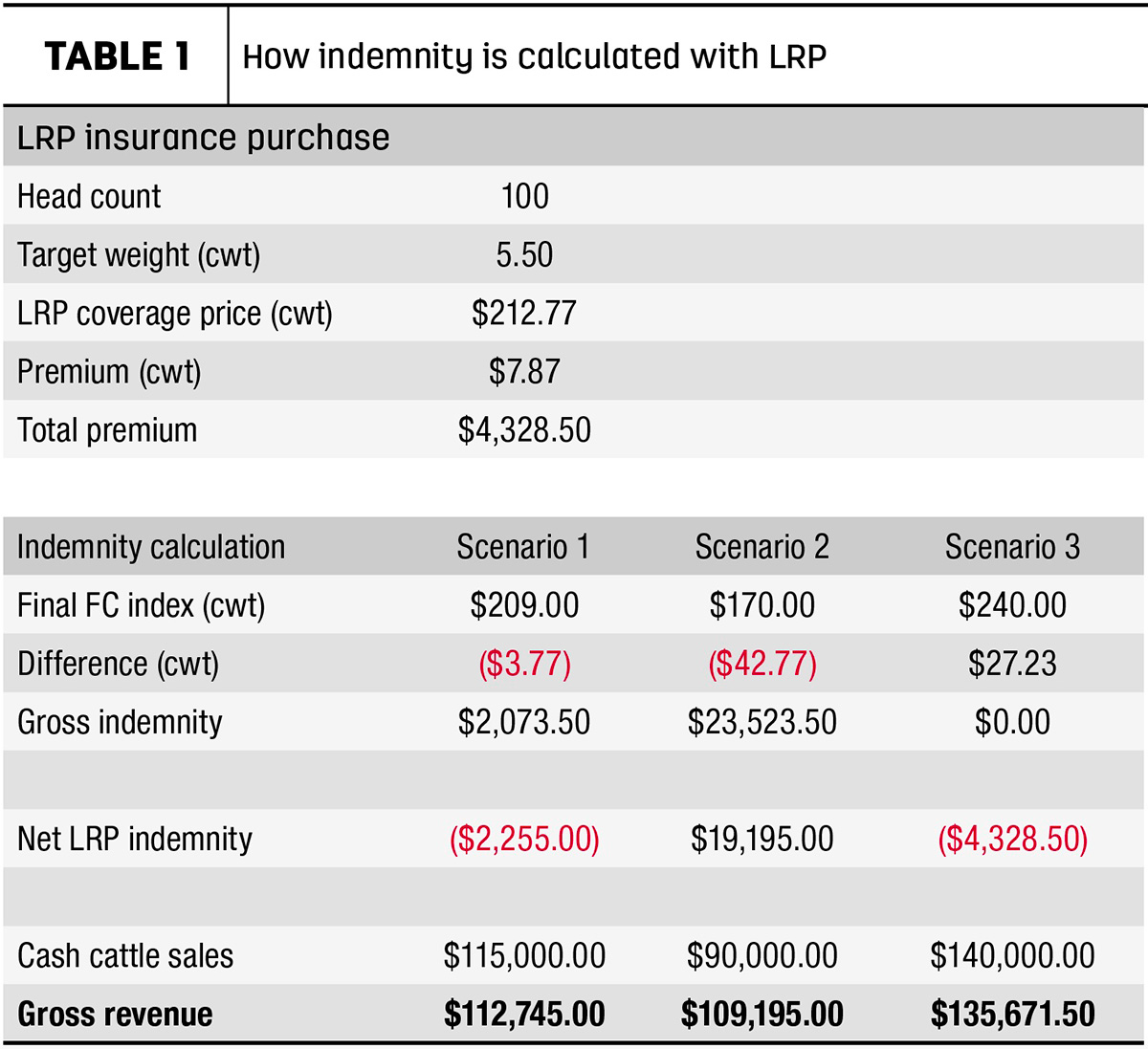Recognizing Livestock Threat Defense (LRP) Insurance Policy: A Comprehensive Guide
Browsing the realm of livestock danger defense (LRP) insurance can be a complicated undertaking for several in the farming industry. From exactly how LRP insurance policy operates to the numerous coverage options available, there is much to discover in this extensive overview that can potentially shape the means livestock producers approach risk management in their organizations.

How LRP Insurance Functions
Periodically, recognizing the technicians of Animals Threat Security (LRP) insurance can be complex, yet breaking down exactly how it works can provide quality for breeders and farmers. LRP insurance is a danger management device developed to protect animals producers versus unforeseen price decreases. The policy permits manufacturers to set an insurance coverage degree based on their particular requirements, picking the number of head, weight array, and protection rate. As soon as the policy remains in place, if market value fall listed below the coverage cost, manufacturers can sue for the difference. It is necessary to note that LRP insurance is not a profits warranty; instead, it focuses solely on price danger defense. The coverage period normally varies from 13 to 52 weeks, giving flexibility for producers to choose a duration that lines up with their manufacturing cycle. By utilizing LRP insurance coverage, ranchers and farmers can reduce the monetary threats related to changing market value, guaranteeing better security in their operations.
Eligibility and Coverage Options
.png)
When it concerns insurance coverage options, LRP insurance policy offers producers the versatility to pick the protection level, coverage period, and recommendations that ideal match their danger monitoring needs. Protection levels commonly range from 70% to 100% of the expected finishing worth of the insured animals. Manufacturers can additionally select coverage periods that line up with their production cycle, whether they are guaranteeing feeder livestock, fed livestock, swine, or lamb. Recommendations such as rate threat protection can further personalize insurance coverage to safeguard versus damaging market variations. By understanding the eligibility standards and coverage options offered, livestock producers can make educated decisions to take care of threat properly.
Pros and Disadvantages of LRP Insurance Coverage
When evaluating Animals Danger Security (LRP) insurance, it is necessary for livestock producers to consider the disadvantages and benefits integral in this threat administration tool.

One of the key benefits of LRP insurance is its ability to offer security versus a decline in animals costs. In addition, LRP insurance offers a level of flexibility, enabling producers see this site to personalize protection levels and policy durations to suit their specific needs.
One constraint of LRP insurance policy is that it does not safeguard versus all types of threats, such as illness outbreaks or all-natural disasters. It is essential for manufacturers to very carefully assess their specific danger direct exposure and monetary situation to figure out if LRP insurance coverage is the appropriate danger management tool for their procedure.
Comprehending LRP Insurance Policy Premiums

Tips for Making Best Use Of LRP Perks
Optimizing the advantages of Livestock Threat Defense (LRP) insurance coverage calls for strategic planning and positive risk management - Bagley Risk Management. To make the most of your LRP protection, take into consideration the following pointers:
Frequently Assess Market Conditions: Keep informed regarding market trends and cost fluctuations in the livestock market. By keeping track of these aspects, you can make informed choices concerning when to acquire LRP insurance coverage to safeguard against prospective losses.
Set Realistic Insurance Coverage Levels: When picking protection degrees, consider your production costs, market value of animals, and prospective risks - Bagley Risk Management. Setting reasonable protection levels guarantees that you are appropriately protected without paying too much for unneeded insurance
Diversify Your Insurance Coverage: Rather than counting only on LRP insurance, consider diversifying your threat management methods. Integrating LRP with other danger management tools such as futures agreements or options can give detailed coverage versus market unpredictabilities.
Testimonial and Change Insurance Coverage Regularly: As market conditions alter, periodically examine your LRP coverage to ensure it aligns with your current risk exposure. Changing protection levels and timing of acquisitions can help optimize your risk security technique. By complying with these suggestions, you can optimize the benefits of LRP insurance coverage and guard your animals operation versus unanticipated dangers.
Verdict
Finally, livestock risk security (LRP) insurance is a useful device for farmers to handle the monetary dangers connected with their livestock procedures. By understanding exactly how LRP functions, qualification and coverage choices, in addition to the benefits and drawbacks of this insurance coverage, farmers can make enlightened decisions to safeguard their source of incomes. By carefully taking into consideration LRP costs and executing methods to optimize advantages, farmers can mitigate potential losses and guarantee the sustainability of their operations.
Animals manufacturers interested in getting Animals Threat Defense (LRP) insurance can explore a range of eligibility criteria and protection choices tailored to their certain animals procedures.When it comes to insurance coverage alternatives, LRP insurance policy supplies manufacturers the adaptability to browse around this web-site pick the insurance coverage degree, insurance coverage period, and recommendations that best fit their threat management requirements.To understand the complexities of Livestock Danger Security (LRP) insurance coverage totally, recognizing the factors influencing LRP insurance costs is vital. LRP insurance policy premiums are figured out by various elements, including the protection level picked, the anticipated price of animals at the end of the insurance coverage duration, the kind of livestock being guaranteed, and the length of the protection duration.Testimonial and Readjust Protection Consistently: As market basics problems change, periodically assess your LRP protection to ensure it straightens with your present risk direct exposure.